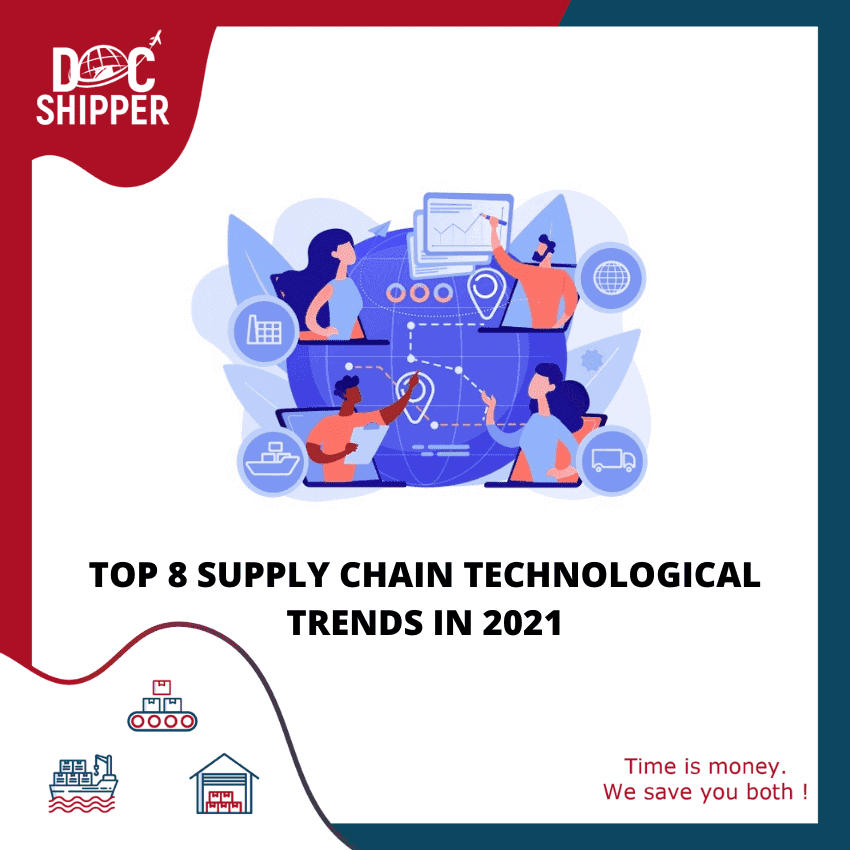In logistics, automation or automatic control refers to the use of control systems, machinery, or software to increase operational efficiency. It usually refers to processes that must be carried out at a warehouse or distribution centre with the least amount of human intervention possible. In fact, there are numerous procedures that could be automated along the supply chain (procurement, distribution, customer support, reverse logistics, etc.). According to Reports and Data, the logistics automation market has been growing significantly. Growing from USD 52.59 Billion in 2020, the logistics automation market is expected to register a CAGR of 12.4% to reach USD 133.21 Billion in 2028. Robotic arms, automated guided vehicles (AGVs), and software are all examples of logistics automation. This technology combines to make warehouse procedures more efficient, safe, and precise. What was previously unthinkable in warehouses has now become not only conceivable, but also profitable, thanks to modern automation.
Material handling and logistics automation are inextricably linked. To increase efficiency and accuracy, automated processes and technology are used to supplement the personnel. These technologies can include, among others, the following:
- Automated guided vehicles (AGVs) that transport totes and pallets
- Warehouse-specific robotic arms that grasp, move, palletize, depalletize, and sort totes
- Advanced automated storage/retrieval systems (AS/RSs) with the ability to store products in racks
From the first mechanical pallet conveyors to the most recent lights-out facilities, the logistics business has always been ripe for automation. However, today's most sophisticated logistics automation technologies can be found in the cloud rather than on the warehouse floor. Automation technologies such as Robotic Process Automation (RPA) bots, Intelligent Document Processing (IDP) systems, and full hyper-automation platforms that orchestrate end-to-end processes involving both software and human workers are helping logistics managers eliminate operation-wide inefficiencies.
Logistics management used to be done on paper. Orders, bills of lading, and invoices were typed and passed back and forth by shippers. It was sluggish and prone to errors. In the 1970s, as computing began to take off in the industry, Electronic Data Interfaces (EDIs) were developed to share transportation data, allowing carriers to execute their first track-and-trace programs. Later, same carriers began to share such information with their customers, ushering in the present era of delivery notifications and tracking numbers included with every order.
Logistics automation tools began to face more complicated problems with the introduction of artificial intelligence. Today, AI-enabled automation solutions are automating logistical processes ranging from document verification to order tracking to predictive modelling.






